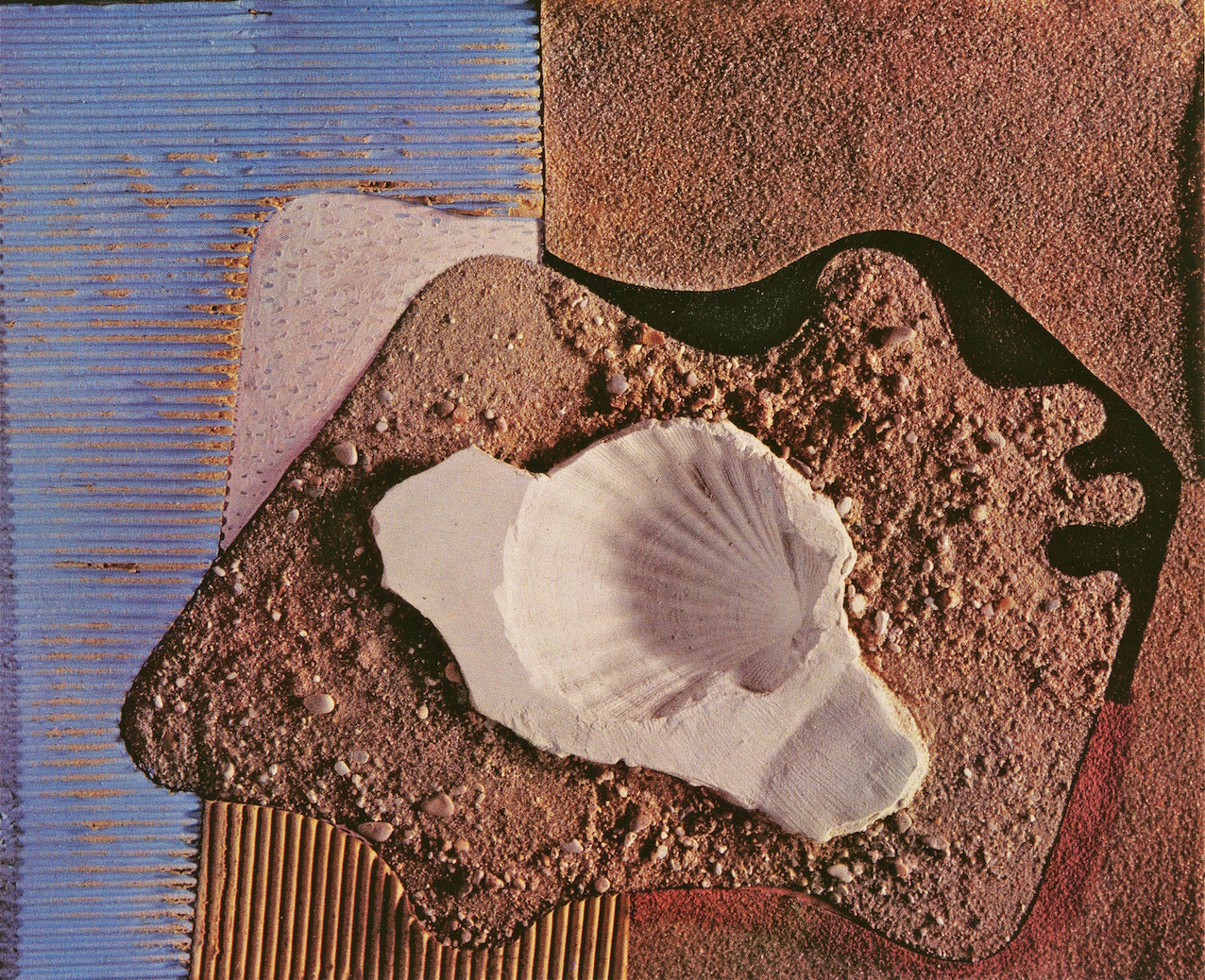Picasso and the Exodus, A Spanish History of Art in Resistance followed the exhibition Guernica that took place at the Musée National Picasso in Paris in 2018. The exhibition traces the history of the involvement and commitment to politics of Picasso and his fellow compatriots.
In 1937, a year after the beginning of the Spanish civil war, and while creating a painting for the Spanish Pavilion for the Paris World’s Fair, Picasso heard reports of the bombing in Guernica. News of this terrible event completely disrupted his initial idea for the project. Picasso as well as the other Spanish artists already settled in France were all strongly influenced by the political developments of the time. In February 1939, after three years of civil war, some 500 000 Spanish crossed the border between Spain and France before transiting through refugee camps. Following the “Retirada”, a number of Spaniards living abroad became de facto political exiles.
The exhibition presents an overview of what was created by Picasso and the pro-republican artists in exile in Paris: Óscar Domínguez, Appel.les Fenosa, Luis Fernández, Pedro Flores, Carles Fontserè, Julio González, Hans Hartung, Roberta González, Hans Hartung, Antonio Rodríguez Luna, Joan Miró, Manuel Ángeles Ortiz, Remedios Varo, Emilio Grau Sala, Baltasar Lobo, Dora Maar, Joan Rebull…
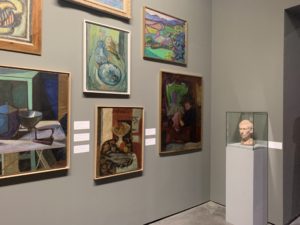
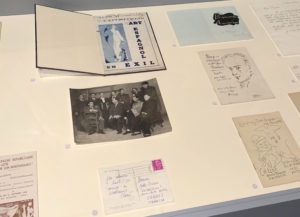
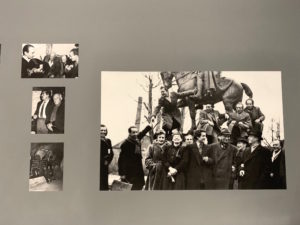
Antoni Clavé is present throughout the show, in several parts of the exhibition, with ten works (drawings from his time in the camp, paintings, prints, book illustrations, scale models), as well as a number of photographs and catalogues from group exhibitions, all recounting the common journey of these Spanish artists in exile, and highlighting the close friendship between Clavé and Picasso and the themes that they shared.
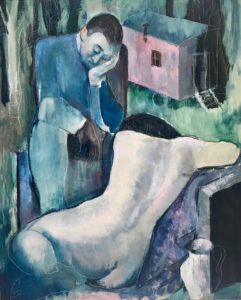
Antoni Clavé, “La Roulotte”, 1940, Oil on canvas
Picasso had vowed to never return to Spain until the country was freed from Franco’s regime; he passed away in 1973 without having ever returned to his native land. In the 70s and 80s, the debate over whether Guernica should be sent back to Spain highlighted the extent to which this artwork had become a political symbol (and is still one of the most reproduced, filmed and reinterpreted one). Upstairs in the museum, the return of this emblematic work is broached, as well as the contemporary artistic context with works by artists such as Saura, Tapiès and Clavé. The museum, in fact, acquired Composition avec 4 gants (1970, mixed technique) directly from the artist in 1982.
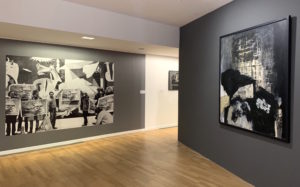
Exhibition view, on the right: “Composition avec 4 gants”
A contemporary section completes the exhibition at the Abattoirs, with just over 20 artists shown. They bear testimony to the importance of Picasso in their artistic and individual freedom, while others tackle the theme of exile today.
Picasso and the Exodus, A Spanish History of Art in Resistance, at the Abattoirs in Toulouse, March 15-August 15 2019.
Thursday 18 March 2019 at 6:30pm, auditorium des Abattoirs: conference about the migration of the Spanish artists, with Amanda Herold-Marme, art historian and author of a thesis on the same topic, and Géraldine Mercier, associate curator of the exhibition Guernica (Musée national Picasso, Paris) and co-curator of the exhibition Picasso and the Exodus.

